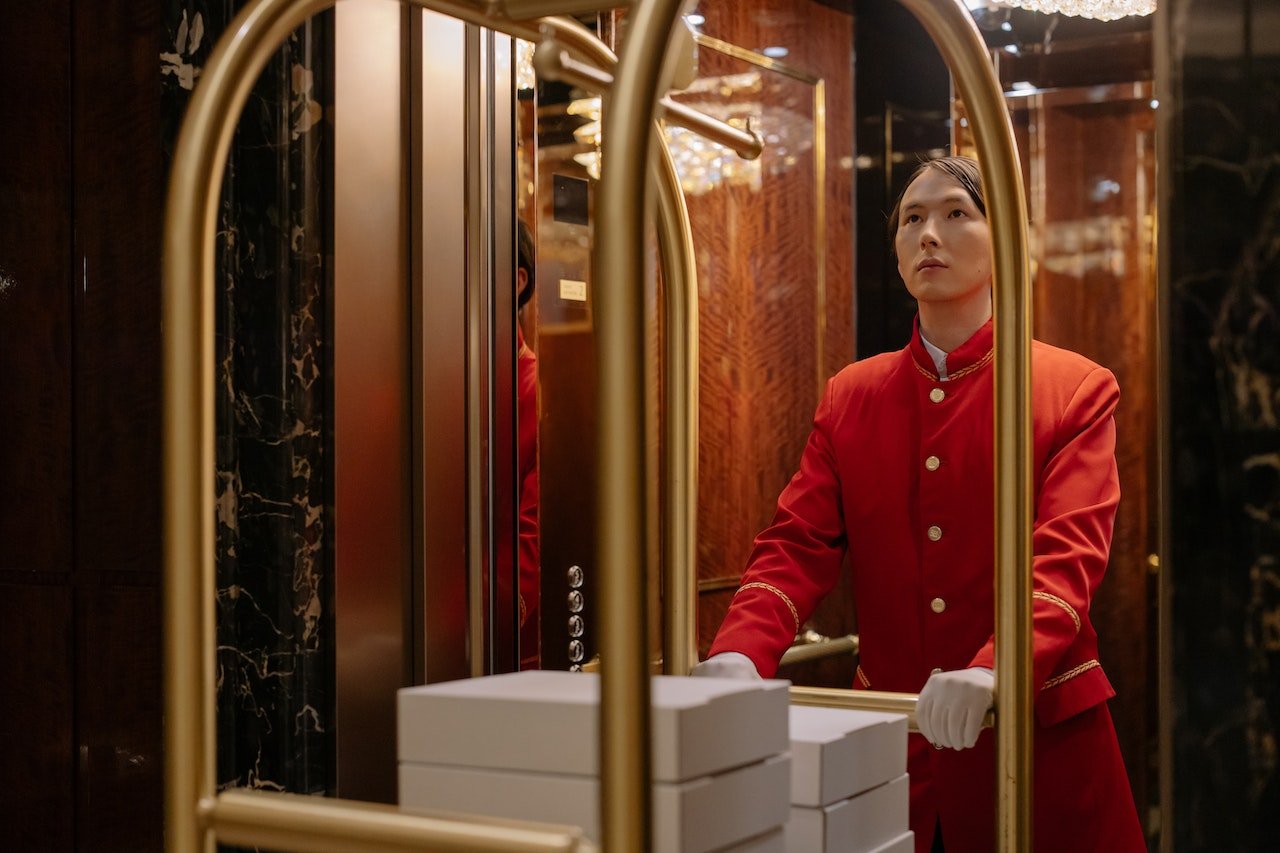Enhance Structural Integrity: 5 Long-Term Benefits of Underpinning
Structural integrity is essential to equipment or parts safety during operation and maintenance. It aims to prevent deformation, breaking, and catastrophic failure throughout the predicted lifetime of the asset. Several factors can affect structural integrity, such as corrosion, manufacturing errors, and improper loading.
Increased Lifespan
Underpinning is a cost-effective solution to structural damage that can significantly increase the lifespan of your home or building. It shifts the load from your existing foundation onto new concrete or steel piers. For those in South Australia, considering resin injection underpinning in Adelaide can provide a modern and efficient method to enhance your property's structural integrity. This process also provides access to mechanical components that may have been hidden in your foundation, such as plumbing and electrical. It is also a great way to add more usable space to your home. However, be sure to consult a professional to ensure that your home can handle the added weight. Otherwise, it could result in cracks in your walls or floors, ripped drywall upstairs, and jammed doors and windows. There are two main types of underpinning: traditional mass-concrete underpinning and mini-piling. Both are complex, extensive processes that a professional should only perform.
Increased Energy Efficiency
When underpinning is done correctly by a professional and carried out as part of an overall structural upgrade, it can open up space within your property without raising the ceiling height. This can help create guest bedrooms, extra storage, or rental income opportunities. Underpinning also increases your energy efficiency. A qualified contractor will add piers or piles under your foundation, which can be screwed into load-competent soil or bedrock for stability and strength. This will help transfer load away from your existing foundation, reducing stress. This can improve your EPC rating (energy performance certificate) by a considerable amount, which could lead to a lower carbon footprint and lower fuel bills for your home. The higher the EPC rating, the more efficient your home will be.
Reduced Risk of Damage
Underpinning involves strengthening an existing foundation by extending it to a deeper, more stable level. This helps relieve stress on the original structure, reducing the risk of damage over time and often cutting down on future repair costs. Methods like push piers and helical piers are commonly used—they’re less invasive than traditional approaches and can make it easier to access plumbing or wiring for updates. There's also potential to improve insulation during the process, which can lead to better energy efficiency. That said, underpinning always involves some degree of excavation beneath the structure, usually in confined spaces. This kind of work carries risks and must be managed carefully under CDM regulations. Some movement or settlement is expected, though techniques like preloading can reduce its impact. Where older buildings and challenging ground conditions are common, companies with long-standing experience, such as Purkelly can be called on to handle the complexities involved with ensuring structural integrity and minimising the risk of damage.
Increased Value
Adding underpinning to your property increases its value by improving its structural integrity, making it more resistant to extreme weather changes and soil erosion. It also allows you to enlarge your home without moving, providing more living space for family recreation and guest quarters and potential rental income opportunities. Underpinning a building usually involves adding new footings to the existing foundation to deepen or strengthen it. It can also be used to level a house after foundation settlement has occurred. In these cases, underpinning with piers such as ECP’s push or helical piers allows the home or building to be jacked back into its original position, and the settlement cracks closed. Remodeling your home before the foundation is stabilized can cause further damage, so save the drywall repairs and painting for later.
Increased Resale Value
For a long time, basements were considered cold and musty storage spaces, but today, they are increasingly becoming livable. Underpinning helps prevent the structural issues that often lead to these changes and protects against future damage. It is underpinning works by transferring the structure’s load to more stable soil. This is achieved through piers deep into the weak soil until they reach a solid load-bearing stratum. The underpinning process is complex and requires professional assistance, increasing property value. This makes your structure more robust and resilient to extreme weather conditions and soil erosion. It also allows adding more usable space without needing a new build or extension.





